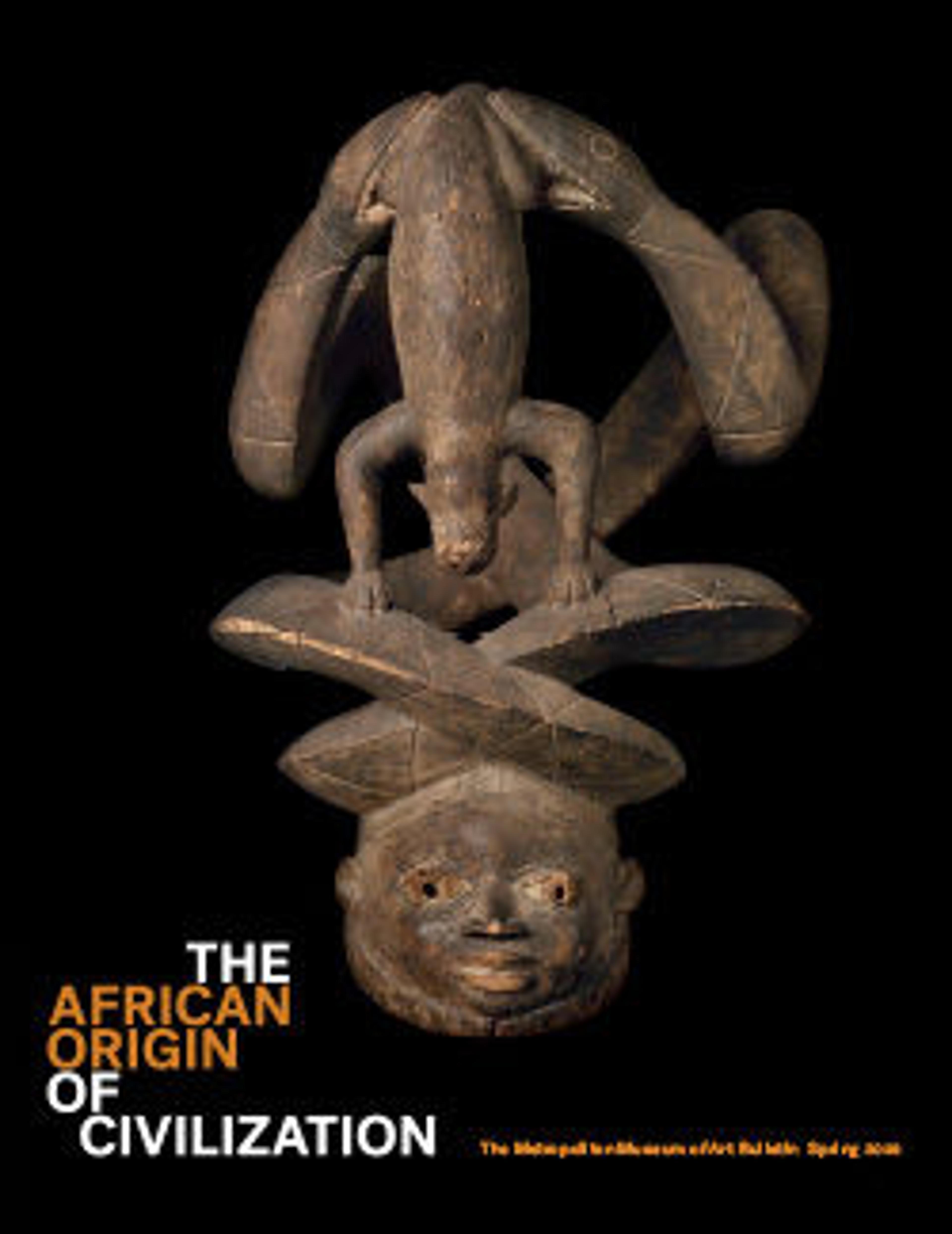Bowl with Human Feet
In the Predynastic Period, potters created a wide variety of ceramic vessels. One unusual type is a bowl with supports shaped like human feet. This simple, round bowl, tipped slightly forward as if to offer its contents, has two such feet solidly attached to its underside. Made from Nile clay, the bowl has a smoothed, slipped, and polished surface, giving it a light sheen. The bowl standing on feet is very similar in form to the Egyptian hieroglyph meaning "to bring." Since none of the known bowls of this type comes from a well-understood context, archaeologists cannot interpret their original use. Perhaps vessels like this were placed above a tomb to present offerings from the living to the deceased, a practice that was an established part of funerary ritual in pharaonic Egypt. Alternatively, they may have held offerings to a deity in his shrine.
Artwork Details
- Title: Bowl with Human Feet
- Period: Predynastic, Late Naqada l–Naqada II
- Date: ca. 3700–3450 B.C.
- Geography: From Egypt
- Medium: Pottery (red polished ware)
- Dimensions: diam. 13.2 x W. 13.7 x D. 9.8 cm (5 3/16 x 5 3/8 x 3 7/8 in.)
- Credit Line: Rogers Fund, 1910
- Object Number: 10.176.113
- Curatorial Department: Egyptian Art
More Artwork
Research Resources
The Met provides unparalleled resources for research and welcomes an international community of students and scholars. The Met's Open Access API is where creators and researchers can connect to the The Met collection. Open Access data and public domain images are available for unrestricted commercial and noncommercial use without permission or fee.
To request images under copyright and other restrictions, please use this Image Request form.
Feedback
We continue to research and examine historical and cultural context for objects in The Met collection. If you have comments or questions about this object record, please complete and submit this form. The Museum looks forward to receiving your comments.
